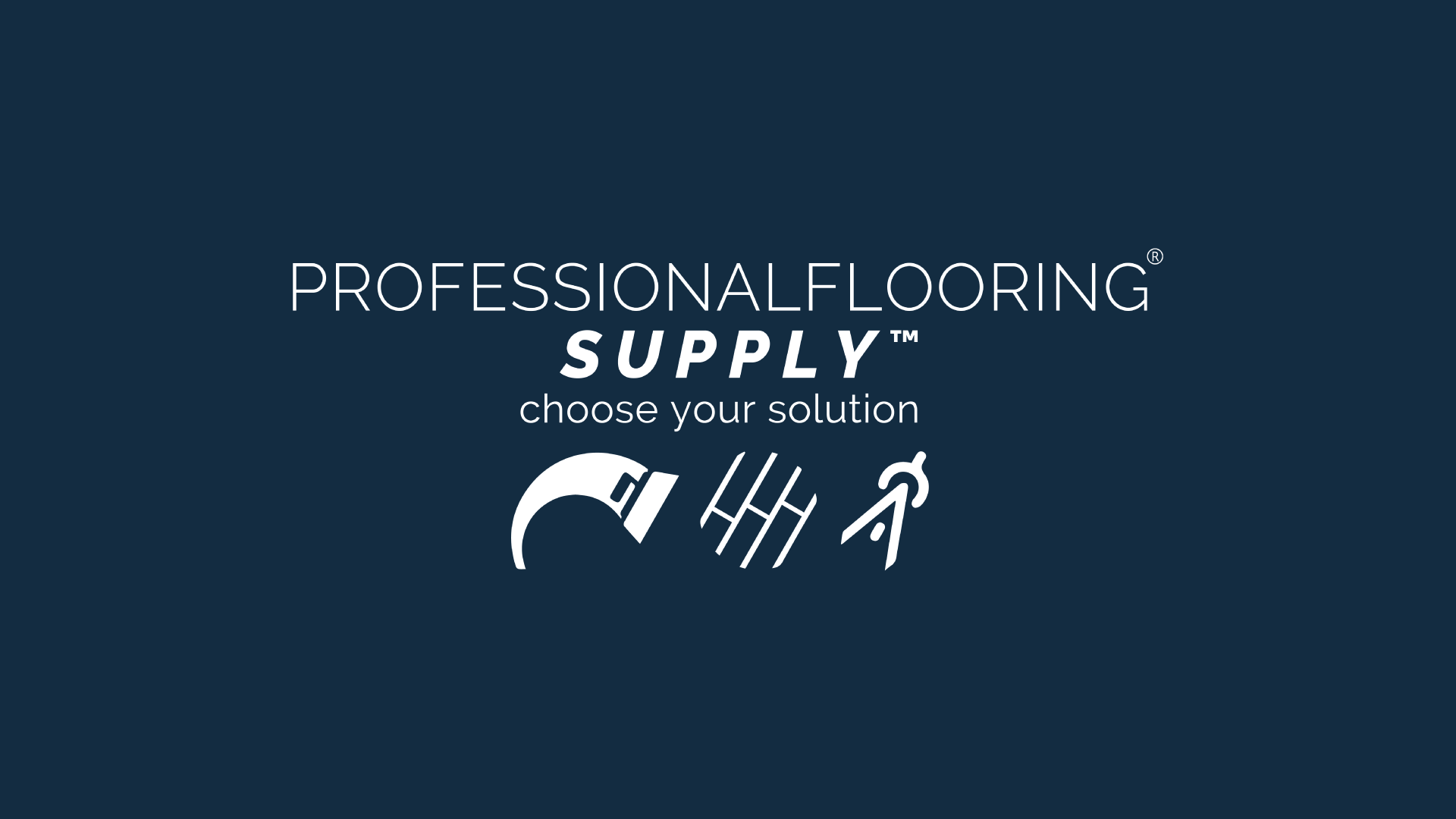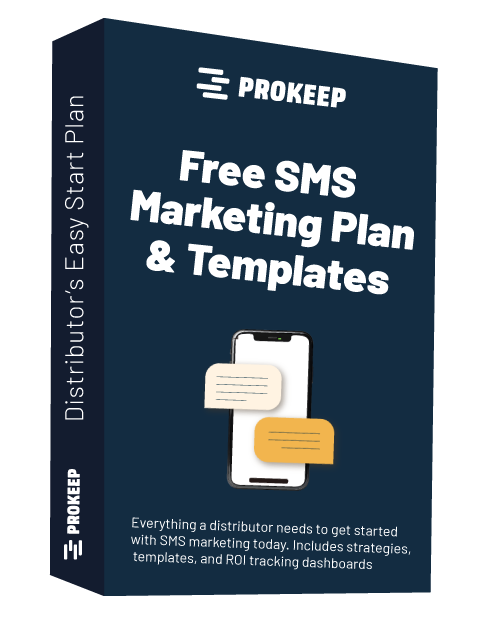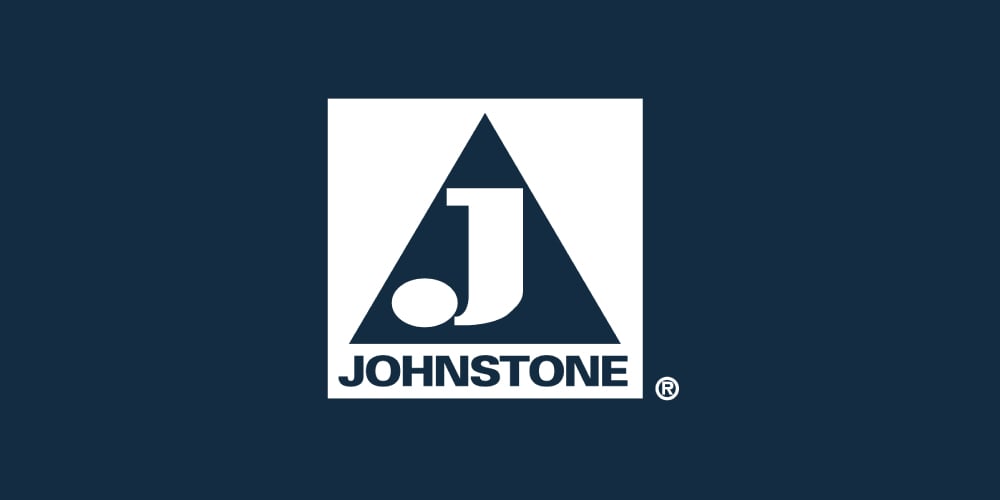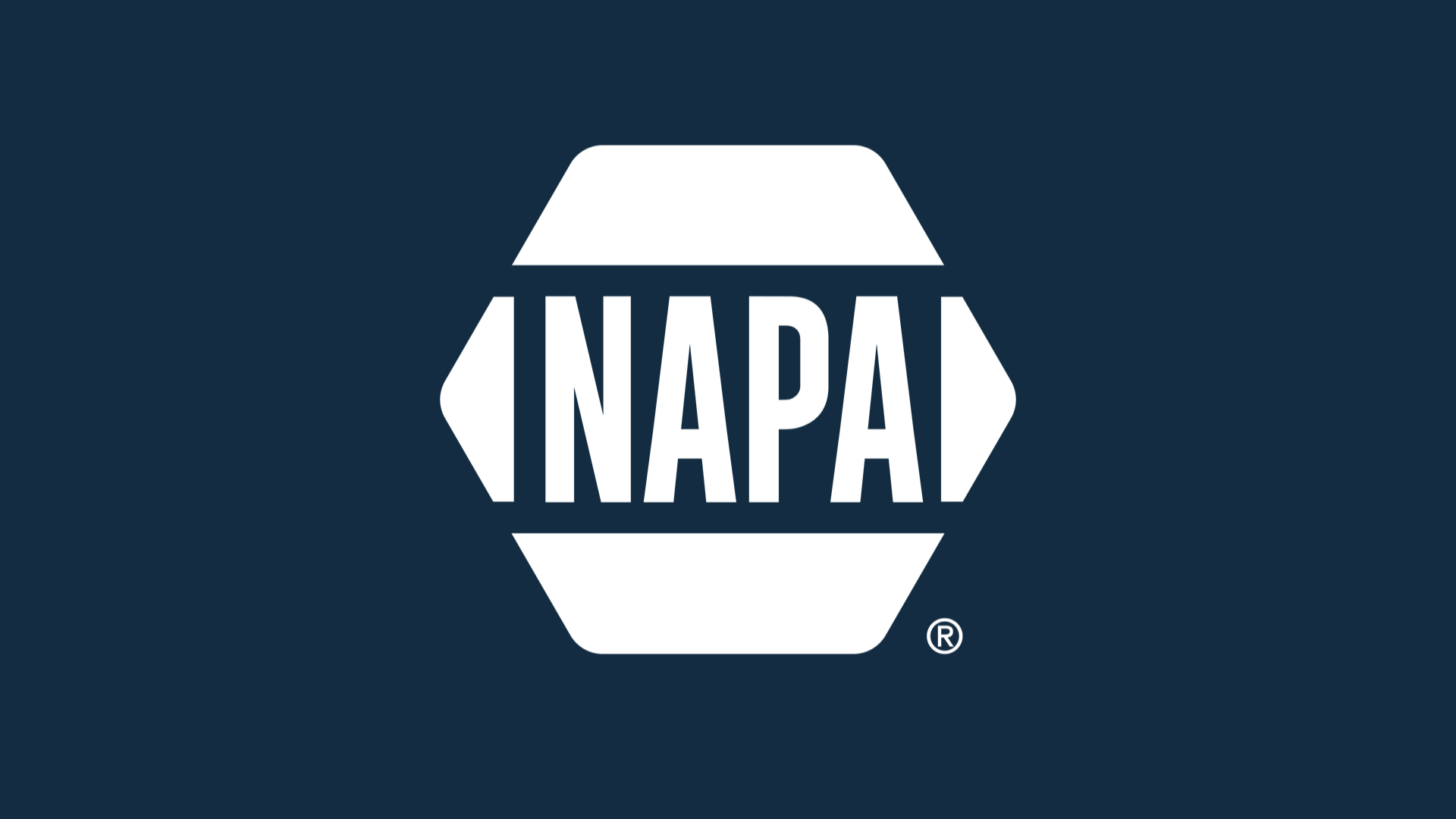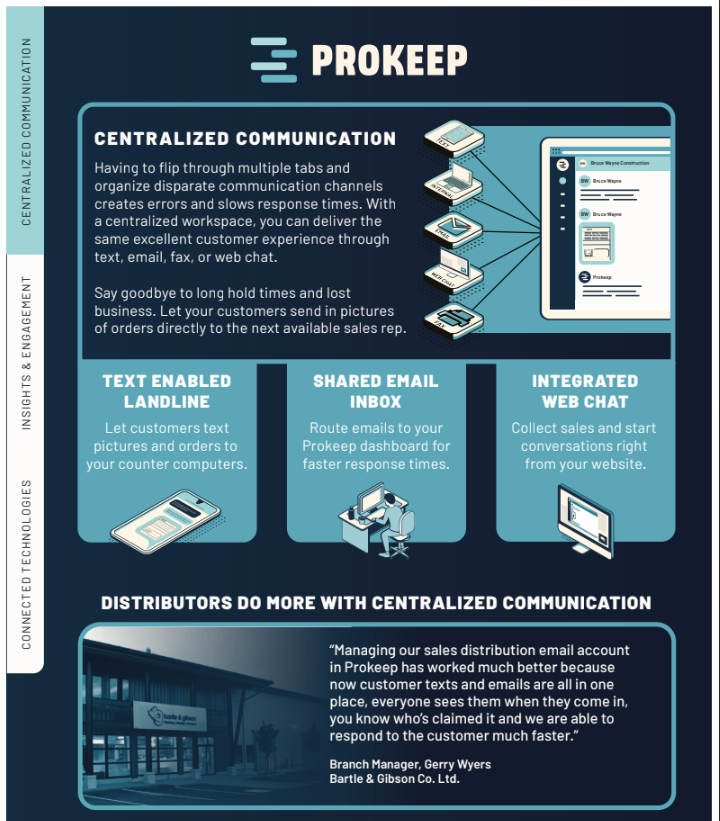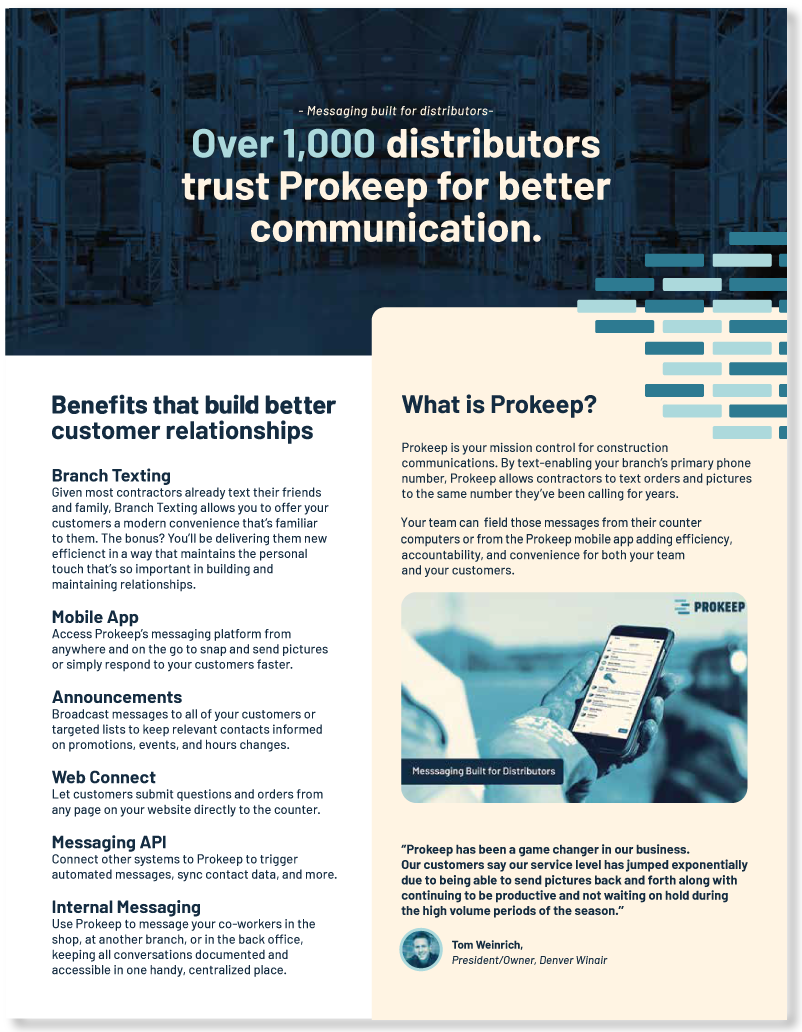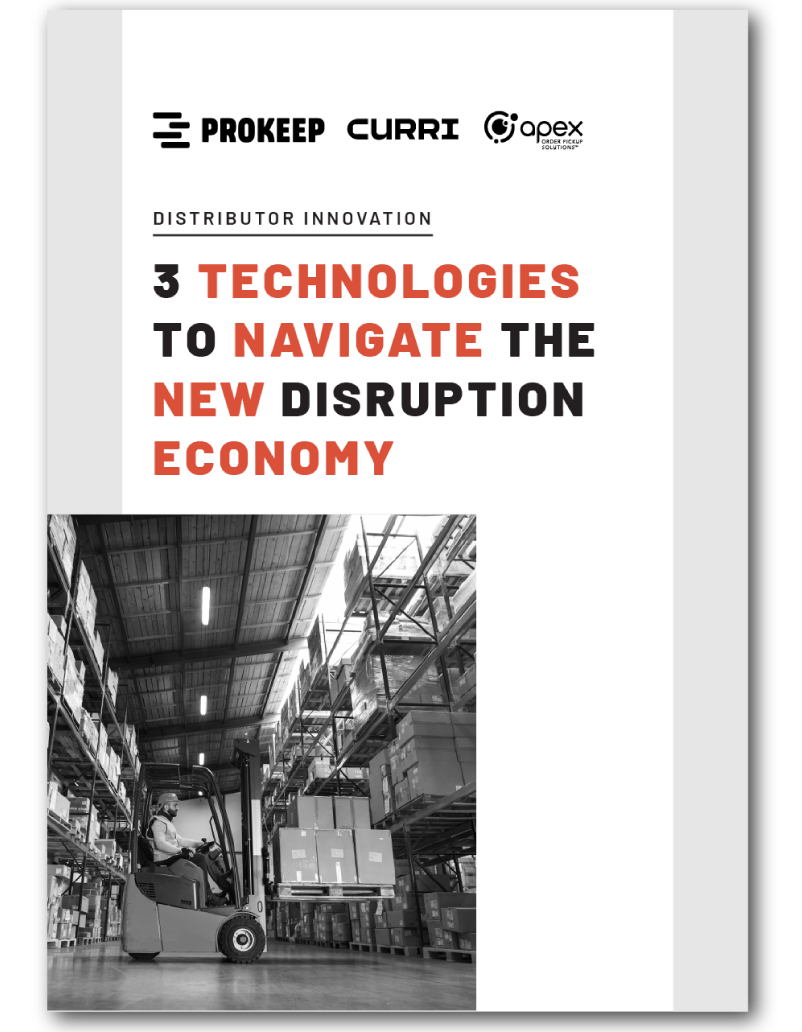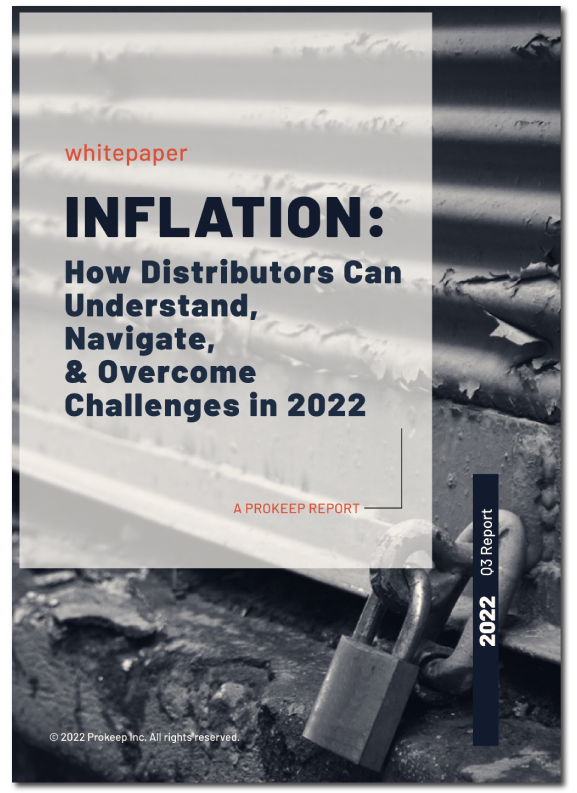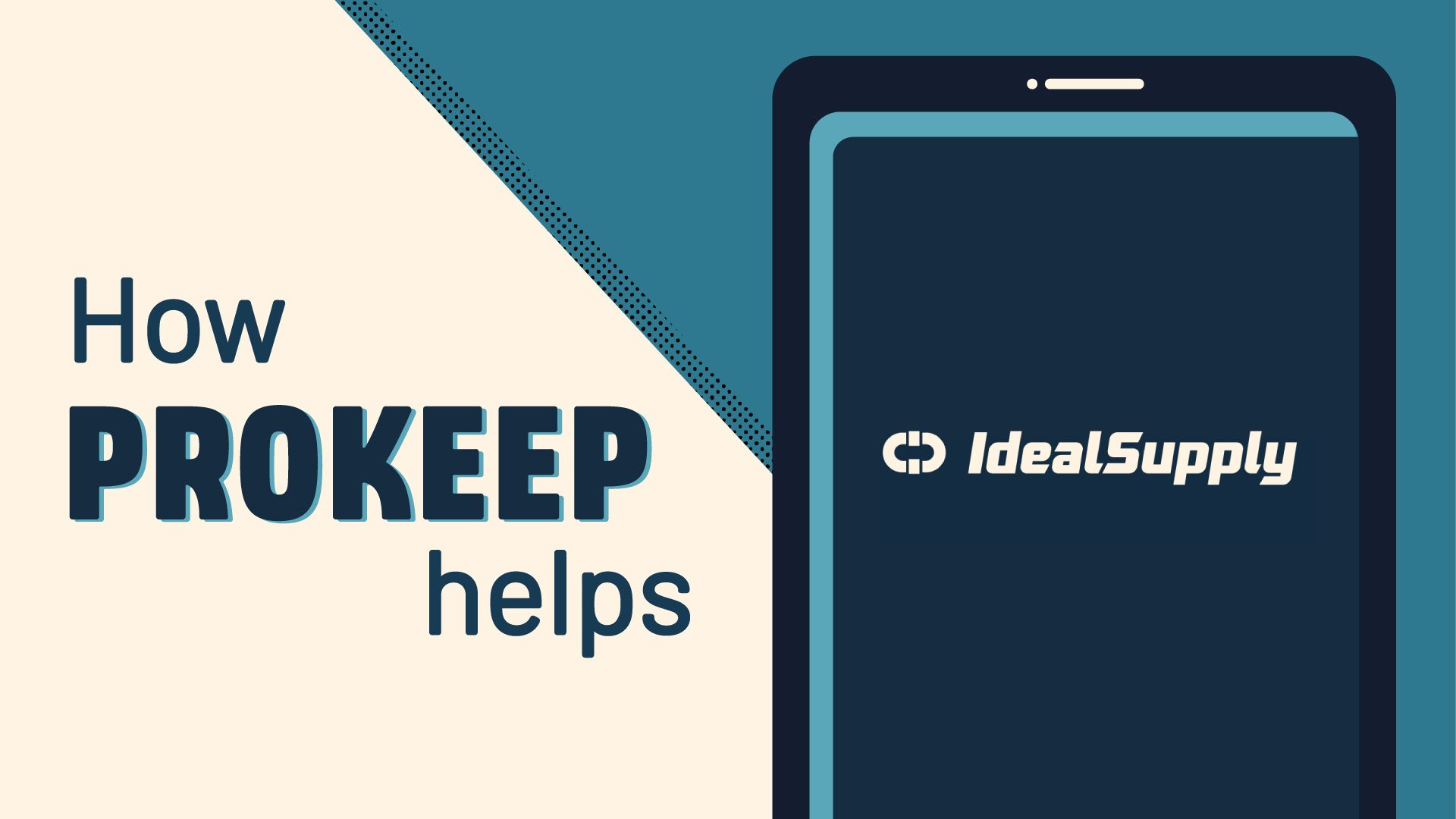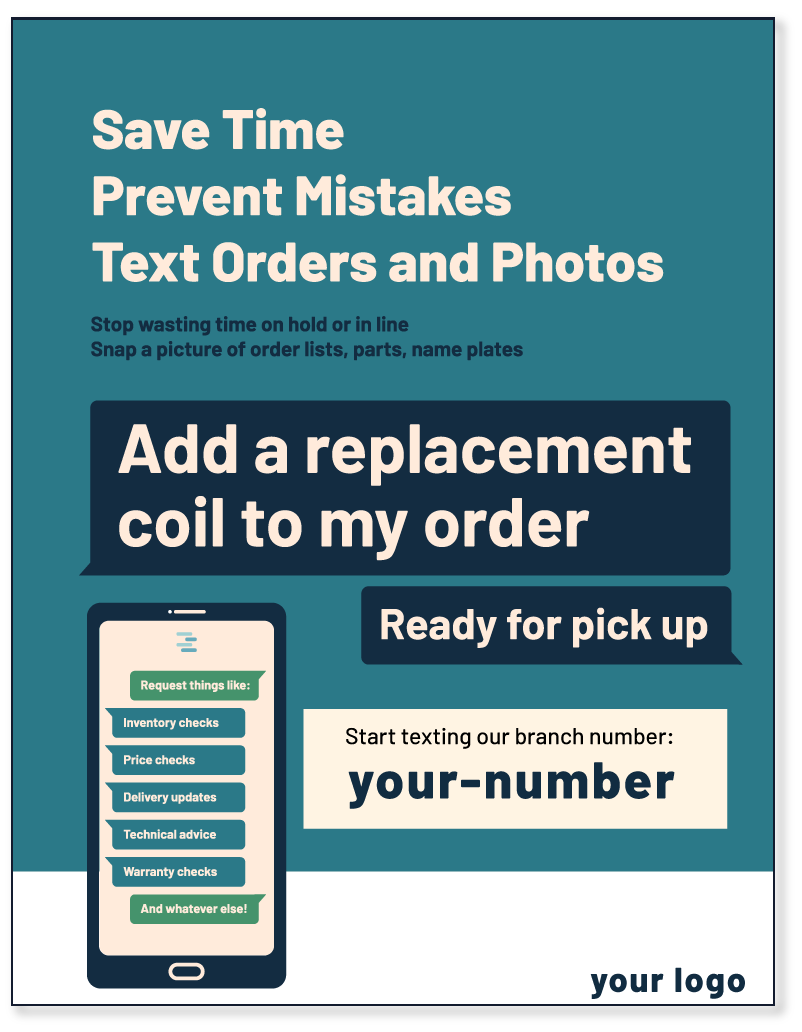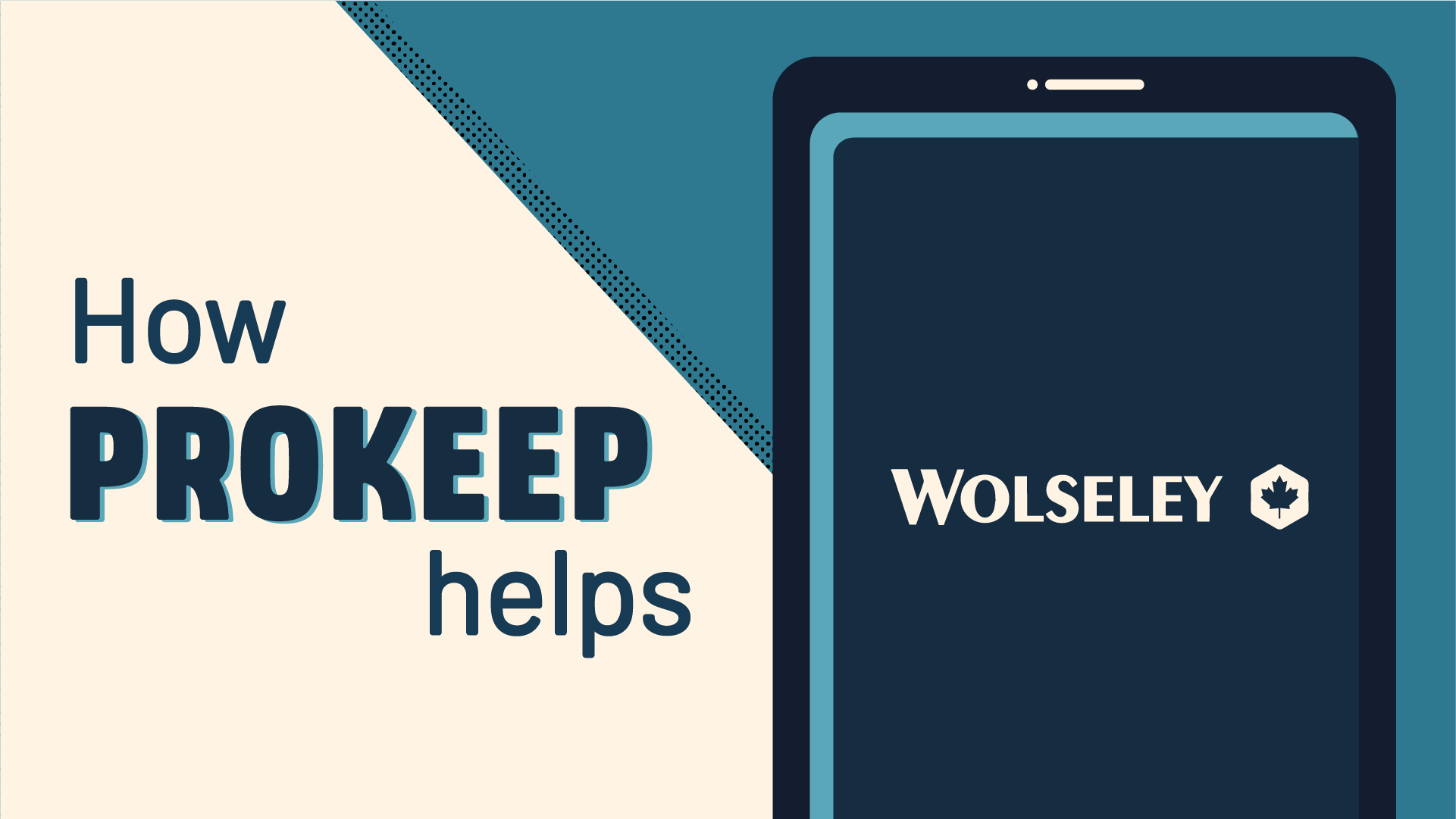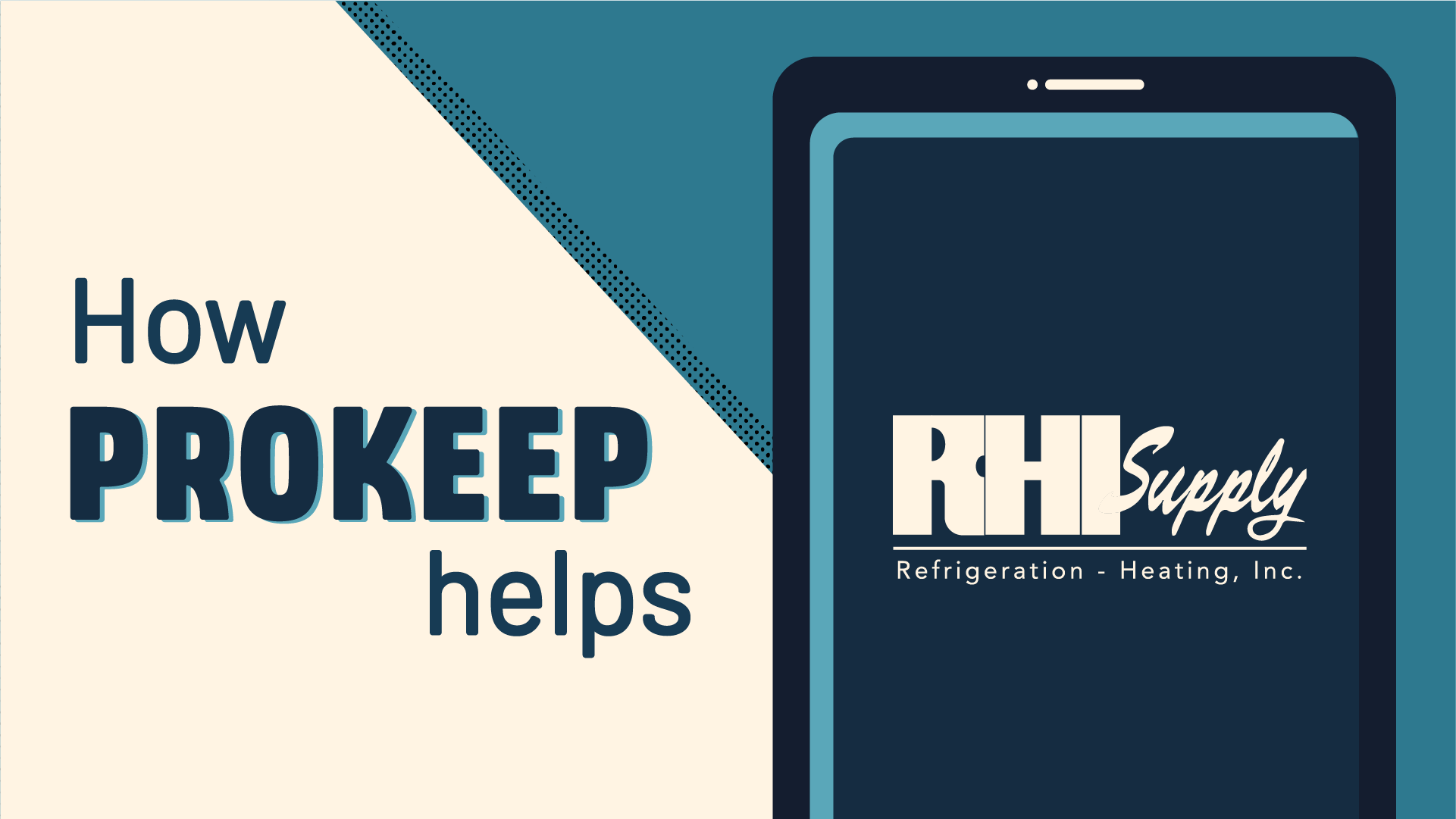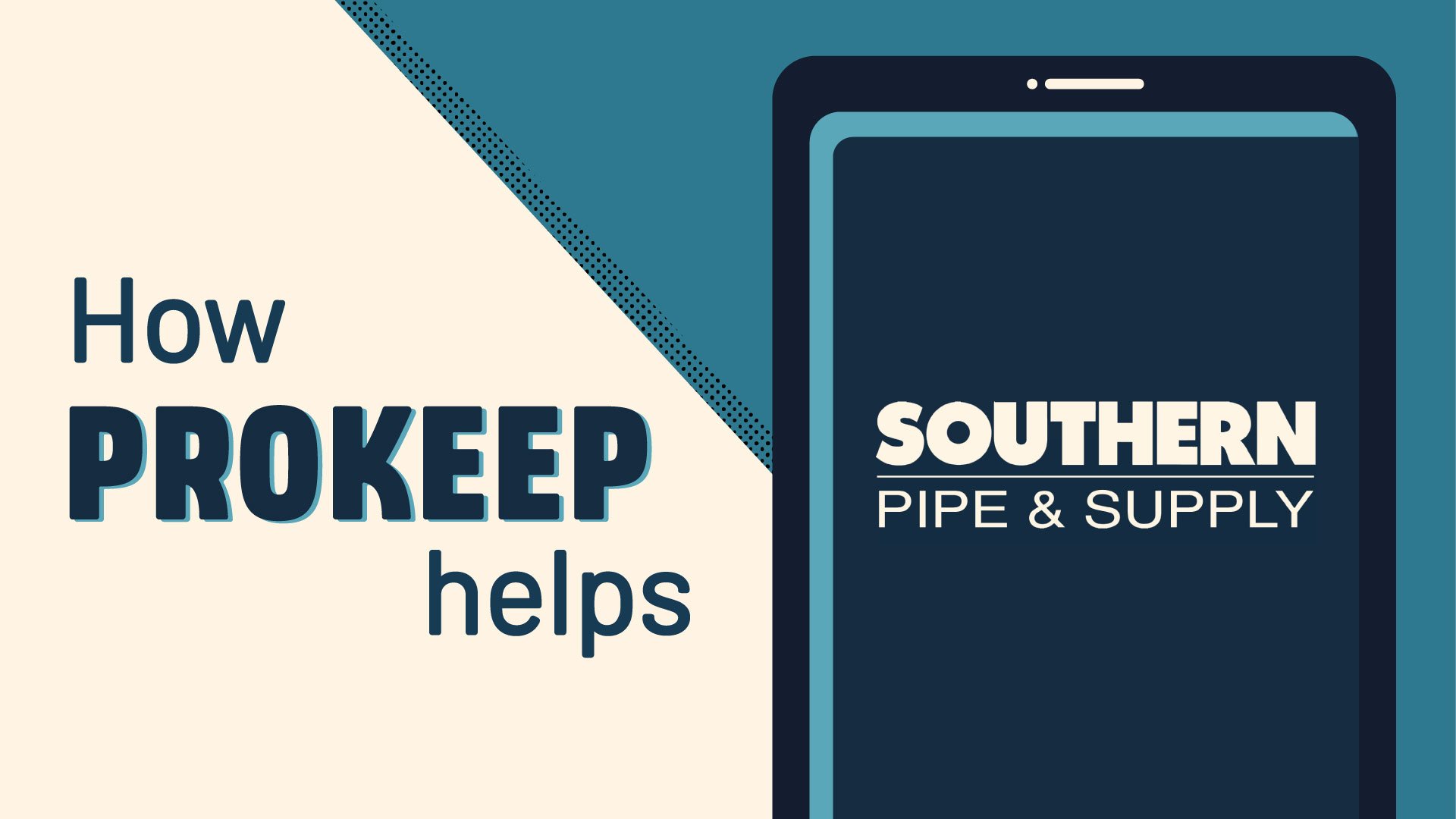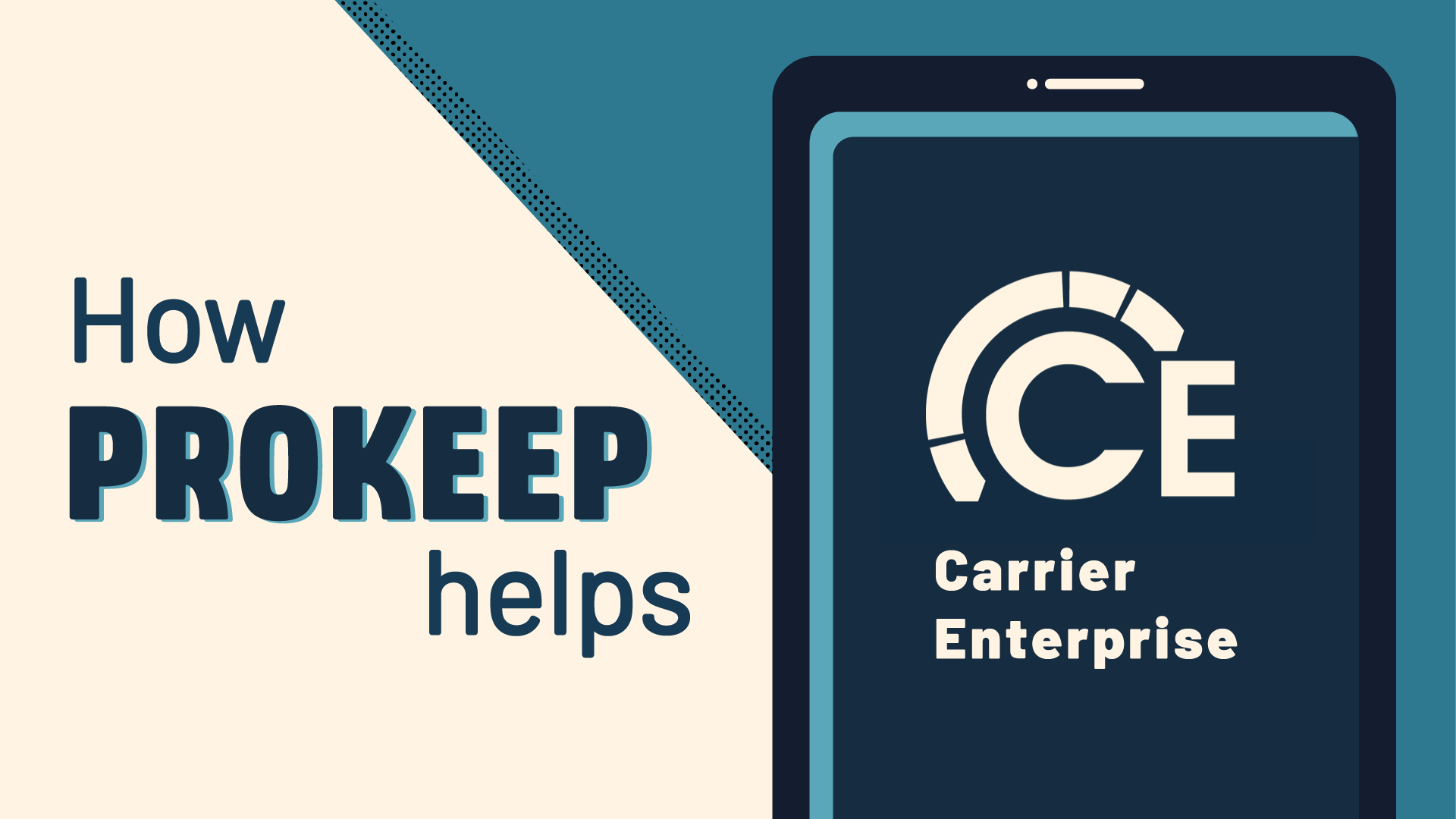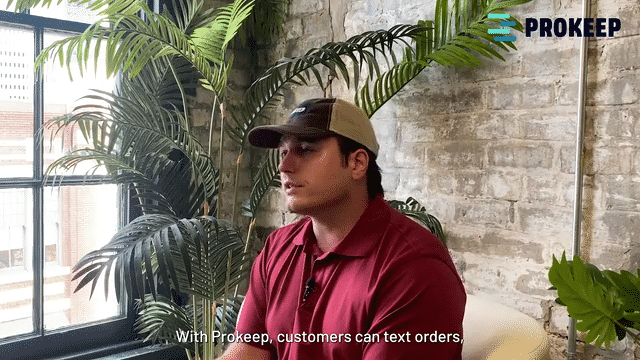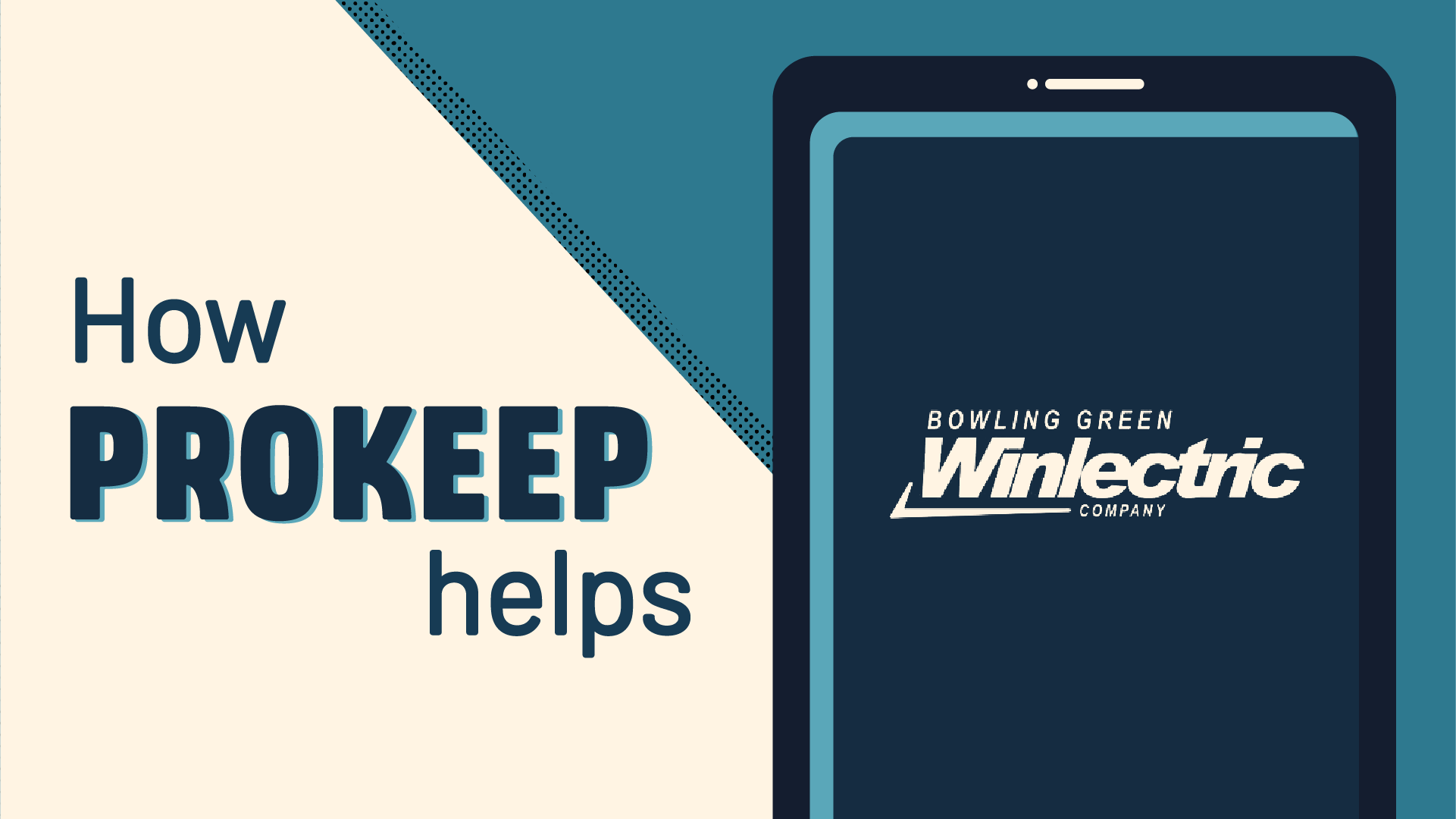How Clean Data Builds the Foundation for Proactive Sales

.png)
Everyone wants their reps to shift from defense to offense and be proactive order drivers, but good salesmen don't start with phone calls — they start with insight. Knowing who’s ready to reorder, who’s gone quiet, or who just wrapped a big project can turn a dormant account into a recurring buyer. But that kind of precision doesn’t come from instinct alone; it comes from clean, connected data.
Clean data is quality data, and turns every rep into a mind reader. It gives your team the ability to anticipate needs rather than just respond to them. Instead of reacting to quotes, they’re reaching out before customers even realize it’s time to buy again. That’s the power of proactive sales — and it’s built on clean information.
What Is Clean Data (and Why It Matters)?
Clean data is accurate, up-to-date, and organized customer information that gives your team confidence to reach out proactively — not just respond to whoever calls. It enables your reps to anticipate needs, time their outreach effectively, and personalize every conversation.
In other words, clean data is the foundation for proactive selling. It provides your team with clarity on who to contact, when to reach out, and why it matters.
Clean vs. Messy Data
The difference between clean and messy data is like the difference between running a business with confidence and running it with crossed fingers. Clean data includes verified contacts, clear order histories, up-to-date communication preferences, and consistency across all your systems. It’s organized, segmented, and easy to act on. There is a cost to bad data. It ruins opportunities. Duplicates, outdated numbers, and conflicting systems make it difficult to know which version of the truth to trust. Reps hesitate, customers wait, and you miss out on orders.
Example:
- Messy: “Mike — maybe contractor?”
- Clean: “Mike Reynolds | HVAC Contractor | 4 orders last month | Prefers text | Interested in seasonal filters.”
That single line shows how effective clean data can be in transforming uncertainty into action. With clean, reliable information, a rep doesn’t have to guess who Mike is or what he needs — they already know. This is why good data is the foundation of strong customer relationships and winning more orders.
Clean data removes hesitation and replaces it with confidence. And confidence is what turns your reps into expert order drivers.
Why Clean Data Is the First Step Toward Proactive Selling
The Connection Between Data and Sales Velocity
Proactive selling begins with visibility. When your team knows where their untapped revenue streams are, which accounts have gone quiet, and where the next opportunity might be, you no longer have to wait for customers to call, and outreach becomes timely and relevant. That visibility — driven by clean data — gives you the power to be the solution your customers need.
Without clean data, reps must react. They spend their days answering whoever calls first, chasing outdated leads, or searching through inboxes for order details that should already be there. Orders slow down, not because your team isn’t capable, but because they’re flying blind.
With clean, connected data, everything shifts. Reps can see which accounts are most active, which customers are slipping, and what products are approaching reorder — giving them the confidence to reach out first. Suddenly, timing feels effortless, conversations seem relevant, and every touchpoint becomes an opportunity to close faster.
Clean data creates a ripple effect across the organization:
- Outreach becomes more targeted, driven by insight rather than guesswork.
- Sales cycles grow shorter, as customers spend less time waiting for answers.
- Relationships grow stronger, built on relevance, consistency, and trust.
- And revenue per rep climbs steadily, driven by precision instead of volume.
In short, clean data transforms selling from a waiting game into a rhythm — one where your team is always ahead of the customer, not behind.
The Problem: You Can’t Be Proactive with Messy Data
Common Barriers
You can’t be proactive if your team doesn’t trust the information in front of them. Messy data creates hesitation. Reps second-guess who to call, what to say, and whether they’re even talking to the right person.
It’s a quiet kind of friction that slows everything down. Duplicates pile up, contact info goes missing, and each branch maintains its own version of the truth. Communication systems don’t connect to order systems, customer histories are incomplete, and no one’s quite sure what’s accurate.
The most common barriers include:
- Duplicates or missing contact information
- No single source of truth across branches
- Disconnected communication and order systems
- Incomplete customer activity logs
- Reps are hesitant to reach out because they’re not sure who’s who
And the data proves it: 27% of sales reps say bad data keeps them from doing outreach, and 40% of missed follow-ups trace back to inaccurate or missing information.
Messy data doesn’t just complicate things — it halts proactive selling entirely. Until your systems are synchronized and your data is accurate, even your top reps can’t operate confidently.
From Reactive to Proactive: What Changes with Clean Data
Before vs. After Snapshot
Before clean data, sales feel like a waiting game. Reps wait for inbound calls or emails, spend time hunting for contact details, and guess when to follow up. Every interaction starts from zero, and opportunities slip by simply because no one notices the timing.
After clean data, everything changes. Reps gain visibility into who’s buying less, who’s due for a reorder, and who’s ready for outreach — automatically. Instead of reacting to whoever happens to call, they’re reaching out first, confident that every touchpoint is relevant and well-timed.
One rep put it best:
“When we finally cleaned up our contact database, we started selling before the phone even rang. Our top reps saw 20% more monthly orders.”
That’s the power of clean, connected data — it shifts sales from reactive to proactive, enabling teams to sell smarter, faster, and more frequently.
What Clean Data Enables in Proactive Sales
Clean data doesn’t just organize information — it unlocks action. When systems align and records stay accurate, reps know precisely who to contact, when to reach out, and why it matters.
-
- Targeted Reorder Campaigns: Accurate purchase histories reveal who needs replenishment — filters, fasteners, safety gear. Instead of waiting for calls, reps can send timely reorder reminders that feel personal, not automatic.
Example Script:
- Targeted Reorder Campaigns: Accurate purchase histories reveal who needs replenishment — filters, fasteners, safety gear. Instead of waiting for calls, reps can send timely reorder reminders that feel personal, not automatic.
“Hey [Name], noticed you ordered [product] last quarter — need us to restock before the winter rush?”
- Customer Reactivation: Clean data surfaces dormant accounts instantly. Reps can filter by inactivity or product type and send quick, relevant messages to re-engage customers.
- Upsell / Cross-Sell Opportunities: With clear order data and segmentation, reps suggest practical add-ons. A customer buying conduit receives a note about fittings or mounts — helpful, not pushy — because the data supports the recommendation.
- Territory & Branch Coordination: Shared, accurate data prevents teams from stepping on each other’s toes. Each branch accesses the same customer record, ensuring consistent outreach and avoiding duplicate calls.
Clean data sharpens every rep and makes each interaction smarter — turning insight into revenue rather than guesswork.
How to Clean and Structure Data for Sales Readiness
Clean data isn't accidental — it’s intentionally built. Every distributor can take steps to turn scattered information into a system that supports proactive selling.
Step-by-Step Framework
1. Audit and Assess: Start by identifying what’s broken. Look for duplicates, missing fields, and inactive contacts. Compare data across systems to find inconsistencies — names, emails, and company details — that don’t match. You can’t fix what you don’t see.
2. Standardize Entry: Establish clear guidelines for data entry. Use consistent naming conventions, required fields, and dropdown menus whenever possible, instead of free text. Standardization keeps your CRM readable and helps prevent new issues from creeping in.
3. Enrich and Complete: Use automation to fill in gaps. Sync contact details from order systems, confirm communication preferences, and verify key fields such as job titles and locations. Enrichment transforms a partial record into a complete one that reps can act on with confidence.
4. Centralize Systems: A single source of truth reduces confusion. Connect your CRM, ERP, and communication systems so customer details, order history, and message logs stay consistent. Centralized records guarantees everyone sees the same information, regardless of their location.
5. Maintain and Monitor: Clean data isn’t a one-time project — it’s an ongoing habit. Schedule quarterly audits, automate checks for missing or outdated fields, and make accuracy part of your KPIs. When everyone takes responsibility for data hygiene, proactive selling becomes second nature.
Micro Workflow Example
Think of clean data as a cycle, not a task:
Clean → Centralize → Enrich → Segment → Activate.
It’s a simple rhythm that keeps information flowing and your team proactive — turning accurate data into consistent action.
The Payoff: Turning Data into Action
- Real Impact Areas: Clean data pays off where it matters most — in real, measurable results. When information flows freely across systems, reps don’t just work faster; they work smarter.
- Faster Follow-Ups: With full visibility, reps know exactly who to contact and when. Follow-ups happen at the right moment — not days or weeks later.
- Higher Conversion Rates: Outreach feels timely and relevant because it’s based on what customers really need. When messages arrive at the right time, conversations turn into sales.
- More Accurate Forecasting: Clean, connected data gives leadership real insight into seasonal demand and buying cycles, making planning more strategic and less guesswork.
- Better Customer Experience: Every interaction reflects the customer’s actual history — orders, preferences, timing — so every message feels personalized, not automated.
The bottom line? When your data is clean, your team doesn’t just respond — they anticipate. That’s what turns insight into action and action into revenue.
Metrics That Show Your Data Is Fueling Proactive Sales
Clean data isn’t just about organization — it’s measurable. The right metrics reveal whether your information is fueling proactive selling or just sitting in your systems.
Data Health Metrics
Healthy data is the foundation of proactive sales. Track these to keep information accurate and usable:
- Duplicate rate: Every duplicate adds confusion and wastes time.
- % of contacts with complete info: Indicates how often reps have all the details needed to act fast.
- Undelivered text or email rate: Reveals whether communication data is valid and up to date.
- Recency of last data update: Shows how current your customer records really are.
Sales Activity Metrics
Once your data is clean, activity should accelerate. Watch for:
- Outbound message volume per rep: A sign of consistent, proactive outreach.
- Reorder rate: Tracks repeat purchases — proof that outreach is relevant and timely.
- Dormant-to-active customer ratio: Measures how many inactive accounts you’ve re-engaged.
- Quote-to-order velocity: Reflects how quickly quotes convert when timing improves.
Business Impact Metrics
The ultimate test of clean data is in the results. Focus on:
- Revenue per rep: Clean, connected data helps every salesperson perform at a higher level.
- Monthly order volume growth: Indicates proactive outreach is generating steady sales momentum.
- Customer retention and lifetime value: Clean data creates the familiarity and trust that keep customers coming back.
Tracking these three groups — data health, sales activity, and business impact — gives you a complete view of whether your data is truly driving proactive sales.
Common Pitfalls to Avoid
Clean data requires consistency. Even well-intentioned teams lose momentum when they treat cleanup as a one-time event or ignore the habits that maintain healthy information
- Cleaning data once, then forgetting about it: Data quality decays quickly without ongoing maintenance.
- Failing to train reps on maintaining accuracy: If your team doesn’t understand how to enter and verify data, bad habits return fast.
- Not connecting sales communication with CRM records: When messages and notes live outside your system, history gets lost and context disappears.
- Overloading reps with irrelevant data: Too much information is just as damaging as too little — keep what’s actionable, trim the rest.
- Ignoring data-driven insights when planning outreach: Clean data only matters if it’s used to guide smarter, more intentional selling.
Tip: Data-driven selling isn’t about automation replacing relationships — it’s about enabling more intentional ones.
The Tools That Power Proactive, Data-Driven Selling
What to Look For
Modern selling requires modern systems. The right tools keep your data accurate, your communication connected, and your team aligned. Look for:
- Unified communication + CRM visibility: All messages, quotes, and notes in one view.
- Automated contact enrichment: Real-time updates that fill gaps without manual entry.
- Smart customer segmentation and labeling: Sort accounts by behavior, role, or industry for more precise outreach.
- Shared inboxes that connect messages, quotes, and orders: Ensure every rep sees the full customer story.
- Reporting dashboards that show engagement and response trends: Give managers visibility into what’s working and where to improve.
Why Distributor-Focused Platforms Matter
Generic CRMs weren’t built for multi-branch, relationship-based sales. Distributors need systems that connect communication, customer data, and sales insights — enabling proactive selling from the counter to the C-suite.
FAQ
How does clean data make outreach easier?
It provides reps with context — they know exactly who to contact, what they purchased, and when to follow up.
How often should we clean our sales data?
At least quarterly, with ongoing updates for new or revised contacts.
What’s the best way to identify reactivation opportunities?
Identify customers who haven’t ordered in 60–90 days and create automated outreach lists.
Can clean data really impact revenue?
Absolutely. Cleaner data leads to quicker outreach, higher hit rates, and better retention over time.
Final Takeaway
Clean, connected data is more than a sales tool — it’s a competitive advantage. It enables reps to anticipate customer needs, respond faster, and engage more personally. When every branch operates from the same accurate record, sales shift from reactive to intentional.
Proactive selling isn’t about doing more — it’s about focusing on what matters most, sooner. With clean data guiding each step, distributors build stronger relationships, close more deals, and generate momentum that lasts.




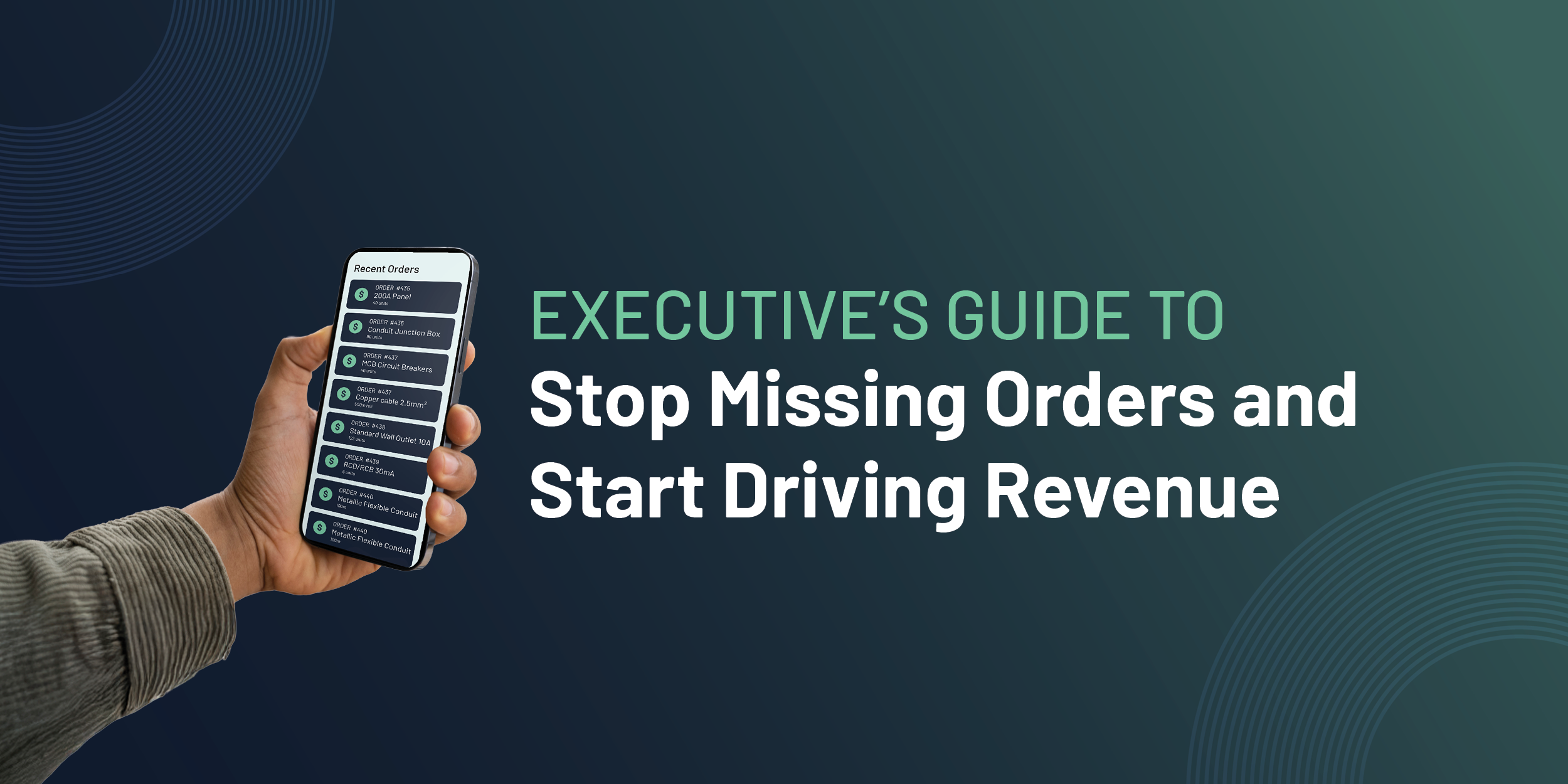
.png)
.png)
